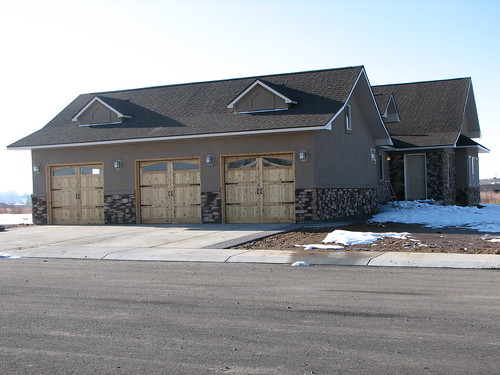Eug
Senior Member
I consider Leaside and The Beach etc. as urban, at least by Toronto standards. In fact, I don't think we really start to get more (at the risk in incurring the wrath of the grammarians) semi-suburban until we hit Etobicoke or Scarborough, or get much further north of Eglinton.
To put it another way, even though I lived downtown (near Front Street), I sometimes would shop near Yonge and Lawrence several times a month. In fact, during the summer I would not infrequently bike there. Yonge and Lawrence really isn't that far (9 km) from Yonge and Front on a bicycle, and perceptually it's even closer in a car, esp. for a region as large as the GTA. It's also quite convenient by subway.
As for Yonge and Eligible, to me it represents an integral portion of the "core" of Toronto in 2010. Maybe it wasn't in 1980, but the 80s are thankfully long gone.
To put it another way, even though I lived downtown (near Front Street), I sometimes would shop near Yonge and Lawrence several times a month. In fact, during the summer I would not infrequently bike there. Yonge and Lawrence really isn't that far (9 km) from Yonge and Front on a bicycle, and perceptually it's even closer in a car, esp. for a region as large as the GTA. It's also quite convenient by subway.
As for Yonge and Eligible, to me it represents an integral portion of the "core" of Toronto in 2010. Maybe it wasn't in 1980, but the 80s are thankfully long gone.









